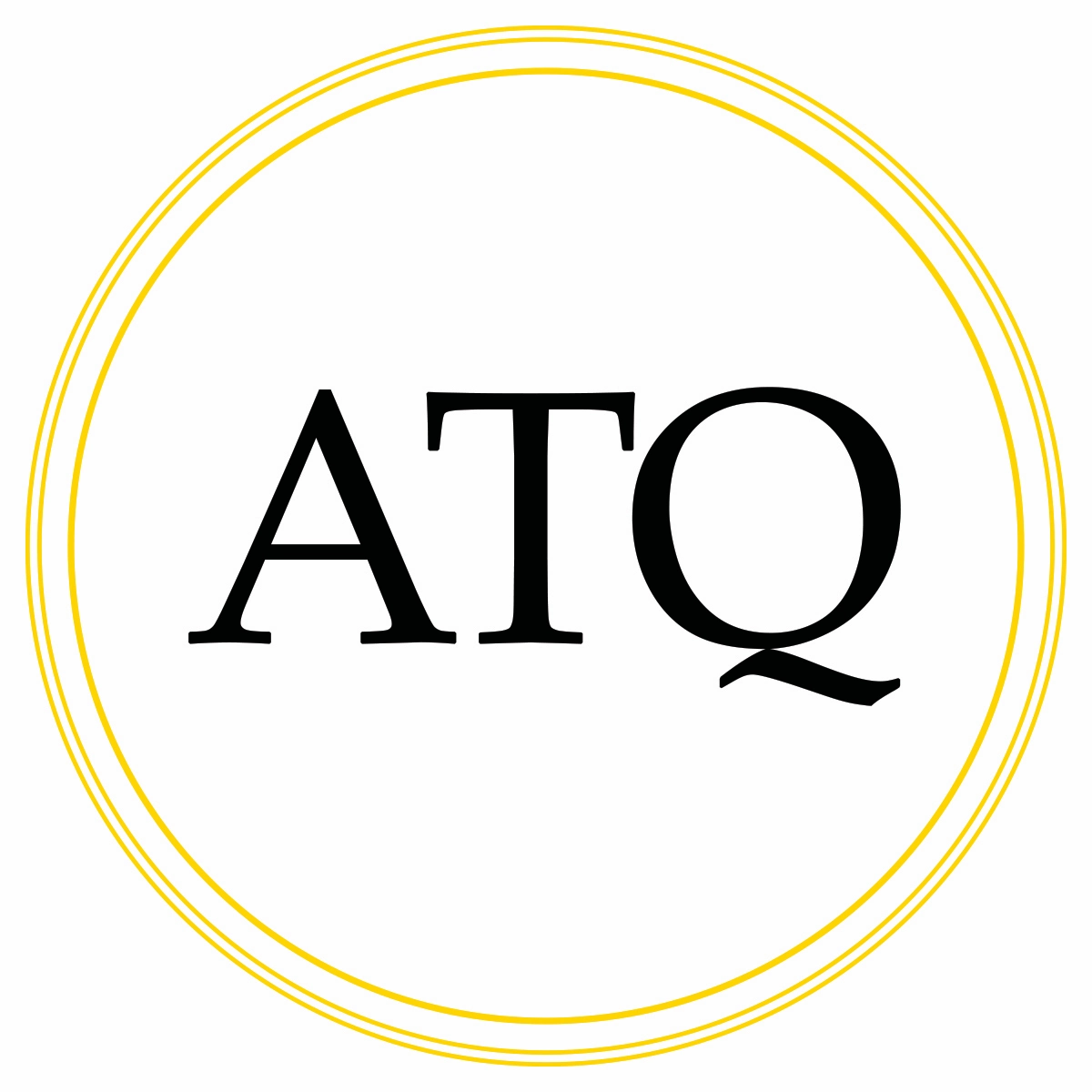- 07889 480224
- info@alanteatherquilting.com
- Open 10.00am to 3.30pm Tuesday, Wednesday, Thursday & Friday
- Saturday/Sunday/Monday Closed.
- BEFORE VISITING US PLEASE CONTACT US TO MAKE SURE WE WILL BE IN THE STUDIO - AS WE ARE NOT ALWAYS AVAILABLE.
- Fast Turnaround
- Guaranteed High Quality
- Free UK Delivery, Free on orders over £100
- Free UK delivery over £100
English Paper Piecing or EPP.
A WHOPPING 40% OF ALL CHRISTMAS FABRICS, DISCOUNT ALREADY APPLIED, NO DISCOUNT CODE NEEDED.
and a
HOWLING 40% OFF ALL HALLOWEEN FABRICS, DISCOUNT ALREADY APPLIED.
STOCK CLEARANCE SALE NOW 35% OFF ALL OTHER FABRICS..
QUOTE STOCK35 AT CHECKOUT.
English paper piecing has a long and important history. This has spread around the world and spawned many new designs and directions for sewing fabric around a paper template.
History.
History researchers have found a quilt made with hexagon templates dated to the 1770s in England.
Furthermore, by the early 1830s hexagon templates were popular in England, hence English paper piecing. From here, it went worldwide and found a particular niche market in Illinois, USA. The Illinois State Museum’s quilt collection includes some unique quilts made with hexagon blocks.
Albert Small and Bertha Stenge were two Illinois quilters. They were instrumental in the 1930s and 40s when they decided to invent their own designs using hexagon templates.
Templates.
Of course today we can buy ready-made English paper piecing templates. Generally, we are all for the modern age but with EPP there is the historical aspect to consider. Above all, using paper or card that you have cut with your own hands still has a lot of meaning.
This is typified by the blog post Mandi’s quilt, image shown.

Slow sewing.
English Paper Piecing is also updated to a modern concept with the “slow sewing movement” of recent years. The use of English Paper Piecing, or EPP is ideal for slow stitching. You can stitch at a slow pace which can be meditative or mindful and a real joy. Creating a beautiful product that takes time, effort and, in most cases, a lot of love can be sensational. Why not have a go with some of our larger-sized Hexagons to make a cushion for a loved one? EPP could make a stunning table center for any holiday season. English Paper piecing can make stunning pieces for any of the special occasions in your life.
Here is a sewing machine mat we made in one of our workshops using EPP.

About Us
Alan Teather Quilting is a new venture built on old fashioned principles. We pride ourselves on going the extra mile to satisfy our valued customers in Hartlepool, the North East and further afield.
Contact Us
Unit 8, The Bis, 13-17 Whitby Street, Hartlepool, TS24 7AD
What 3 Words: inches.shall.fails
(A very short walk from the Railway Station and Transport Interchange).
Sat/Sun/Mon: Closed
Tues -Fri: 10:00am – 3:30pm
BEFORE VISITING US PLEASE CONTACT US TO MAKE SURE WE WILL BE IN THE STUDIO – AS WE ARE NOT ALWAYS AVAILABLE.
Useful Links
Account
